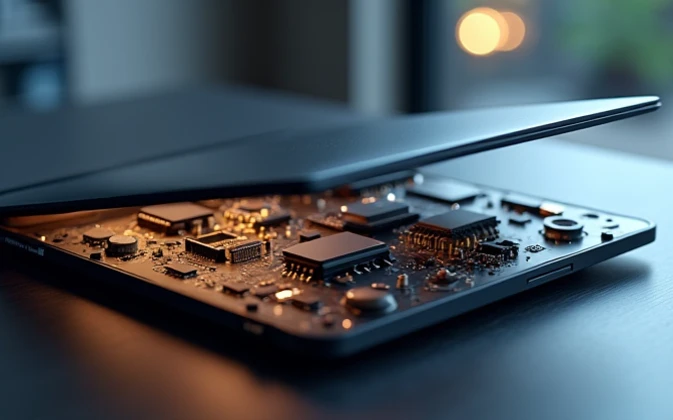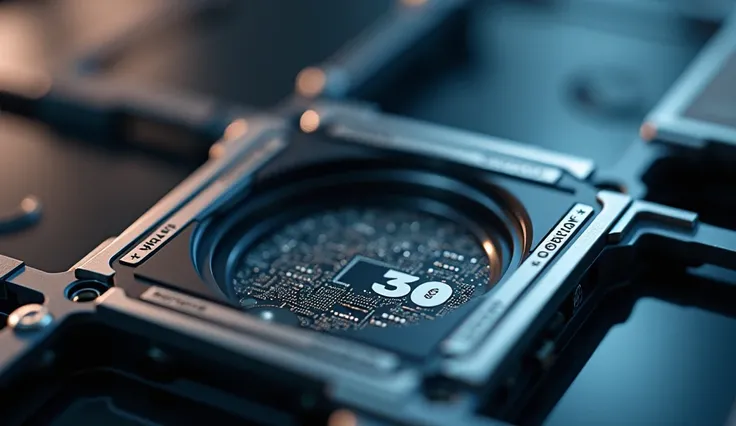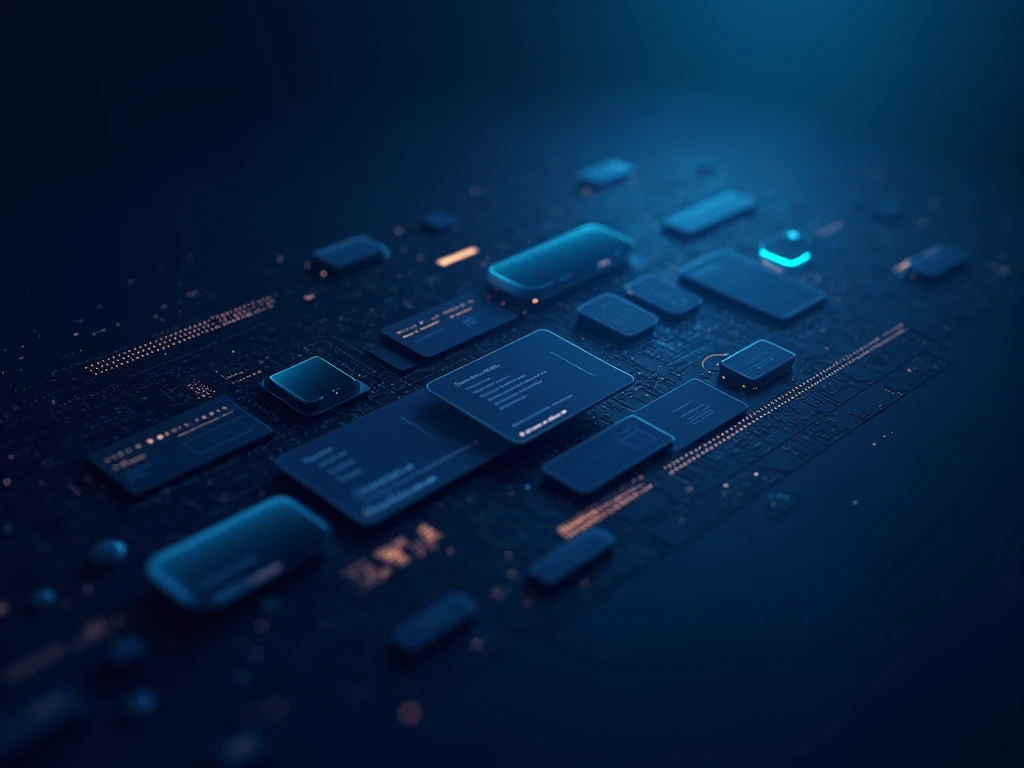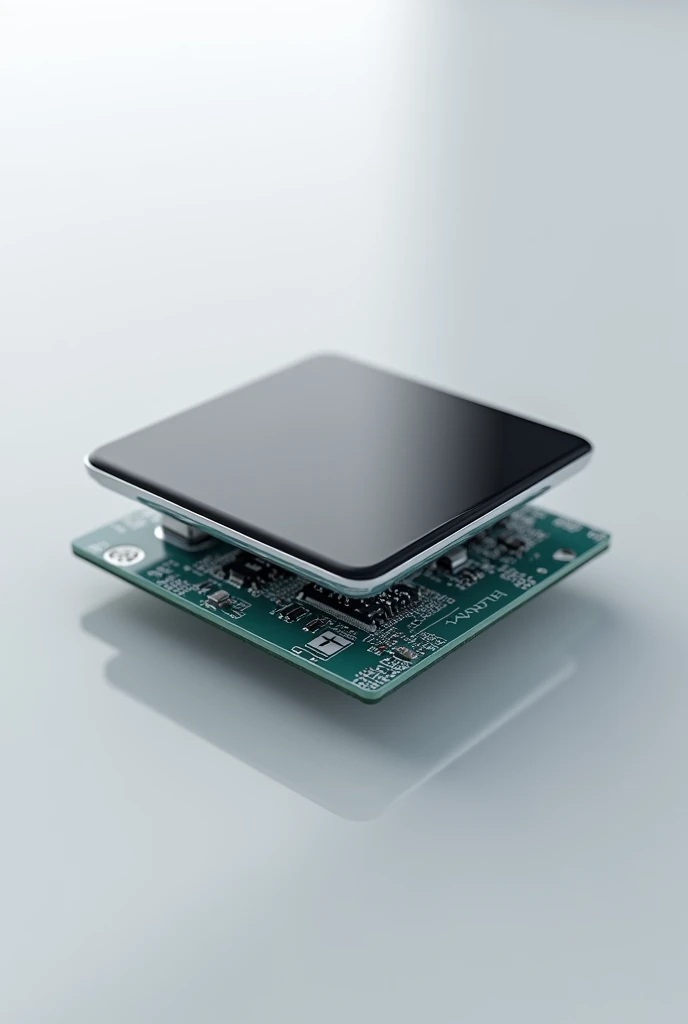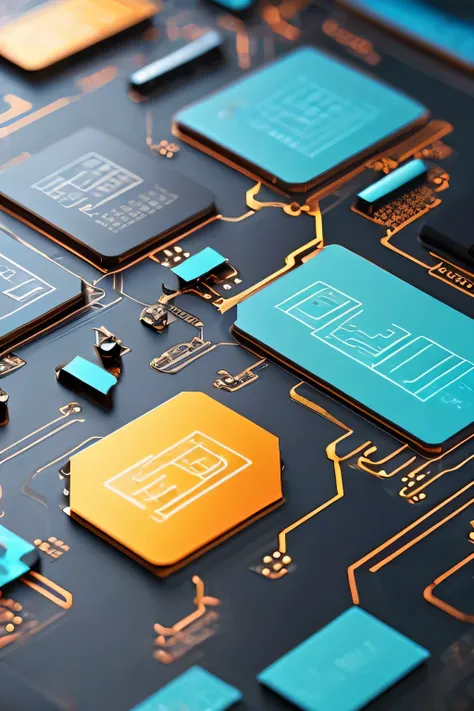Mobile phones are manufactured through a complex process that involves multiple
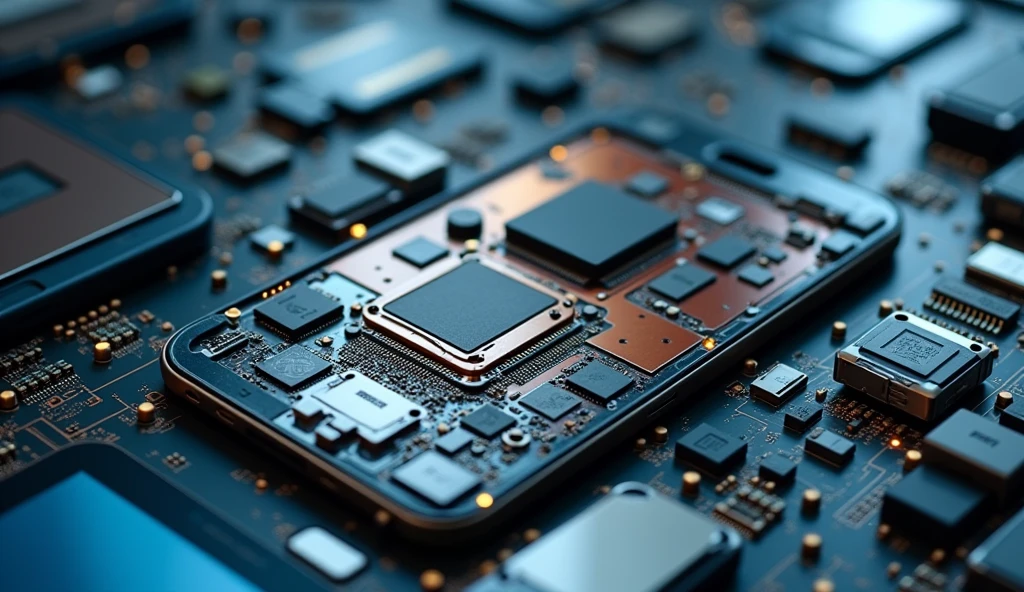

Mobile phones are manufactured through a complex process that involves multiple stages, from design and prototyping to mass production. Here's an overview of the main steps involved in mobile phone manufacturing: ### 1. **Design and Prototyping** - **Concept and Design:** The process begins with the design phase, where the phone's features, specifications, and aesthetics are decided. Engineers and designers work together to create a blueprint for the device. - **Prototyping:** A prototype is created to test the design, materials, and functionality. This step helps in identifying any issues before mass production. ### 2. **Sourcing Materials** - **Raw Materials:** Mobile phones require various materials, including metals like aluminum and copper, rare earth elements, plastics, and glass. These materials are sourced from suppliers around the world. - **Components:** Components such as processors, memory chips, displays, batteries, cameras, and sensors are sourced from specialized manufacturers. Companies like Qualcomm, Samsung, and Sony supply key components for many devices. ### 3. **Assembly of Components** - **PCB Manufacturing:** The Printed Circuit Board (PCB) is the heart of the mobile phone, connecting all the electronic components. The PCB is manufactured and populated with microchips, resistors, capacitors, and other electronic components through processes like surface-mount technology (SMT). - **Component Assembly:** The individual components, such as the processor, memory, and sensors, are attached to the PCB. Automated machines are often used for precision and efficiency. - **Display and Battery Assembly:** The display screen and battery are integrated into the phone's frame. The display assembly is particularly delicate, requiring precision to ensure it functions correctly. - **Final Assembly:** The phone’s casing is assembled, enclosing all the components. The buttons, camera modules, and other external parts are added.
Prompts
Copier les Paramètres
Mobile phones are manufactured through a complex process that involves multiple stages
,
from design and prototyping to mass production
.
Here's an overview of the main steps involved in mobile phone manufacturing:
### 1
.
**Design and Prototyping**
- **Concept and Design:** The process begins with the design phase
,
where the phone's features
,
specifications
,
and aesthetics are decided
.
Engineers and designers work together to create a blueprint for the device
.
- **Prototyping:** A prototype is created to test the design
,
materials
,
and functionality
.
This step helps in identifying any issues before mass production
.
### 2
.
**Sourcing Materials**
- **Raw Materials:** Mobile phones require various materials
,
including metals like aluminum and copper
,
rare earth elements
,
plastics
,
and glass
.
These materials are sourced from suppliers around the world
.
- **Components:** Components such as processors
,
memory chips
,
displays
,
batteries
,
cameras
,
and sensors are sourced from specialized manufacturers
.
Companies like Qualcomm
,
Samsung
,
and Sony supply key components for many devices
.
### 3
.
**Assembly of Components**
- **PCB Manufacturing:** The Printed Circuit Board (PCB) is the heart of the mobile phone
,
connecting all the electronic components
.
The PCB is manufactured and populated with microchips
,
resistors
,
capacitors
,
and other electronic components through processes like surface-mount technology (SMT)
.
- **Component Assembly:** The individual components
,
such as the processor
,
memory
,
and sensors
,
are attached to the PCB
.
Automated machines are often used for precision and efficiency
.
- **Display and Battery Assembly:** The display screen and battery are integrated into the phone's frame
.
The display assembly is particularly delicate
,
requiring precision to ensure it functions correctly
.
- **Final Assembly:** The phone’s casing is assembled
,
enclosing all the components
.
The buttons
,
camera modules
,
and other external parts are added
.
Info
Checkpoint & LoRA

Checkpoint
SeaArt Infinity
#SeaArt Infinity
0 commentaire(s)
0
0
0











